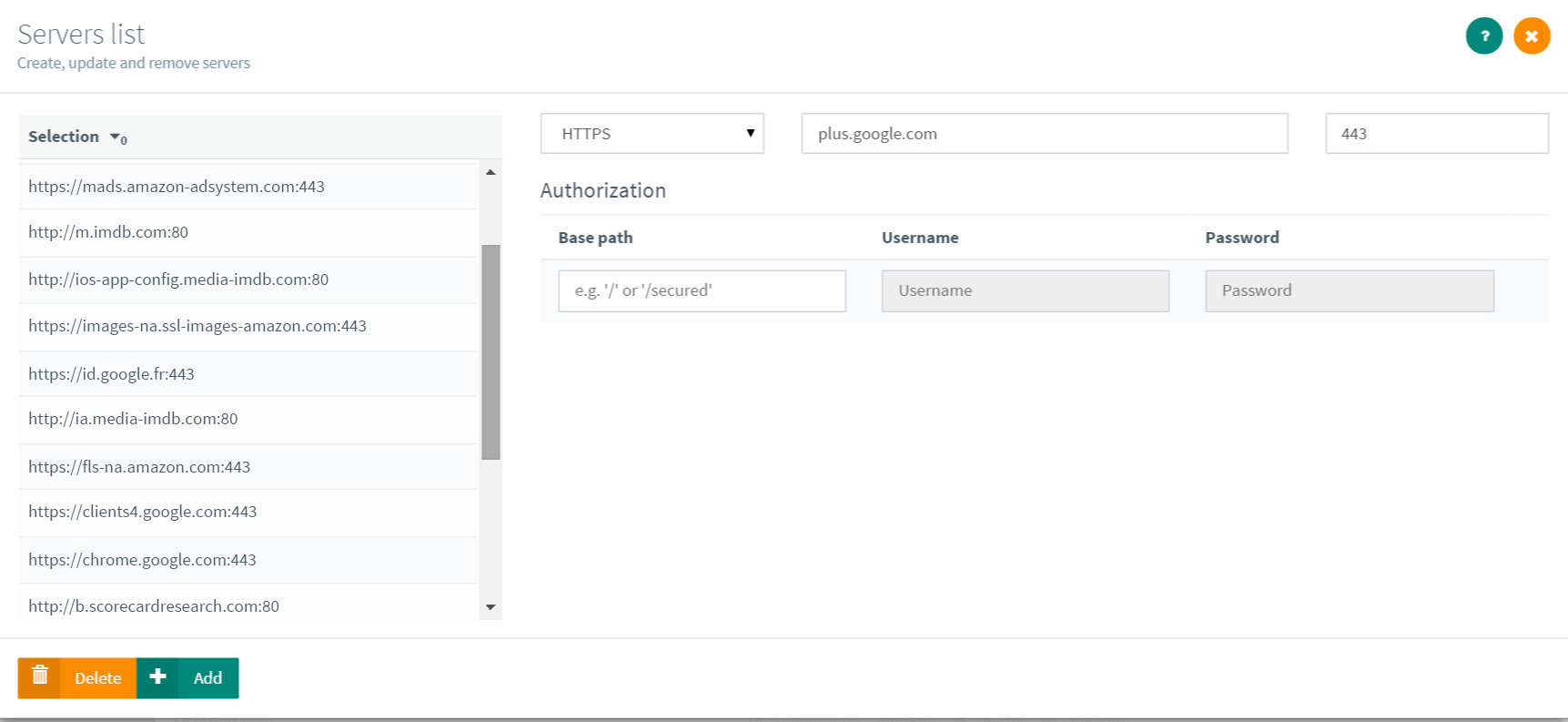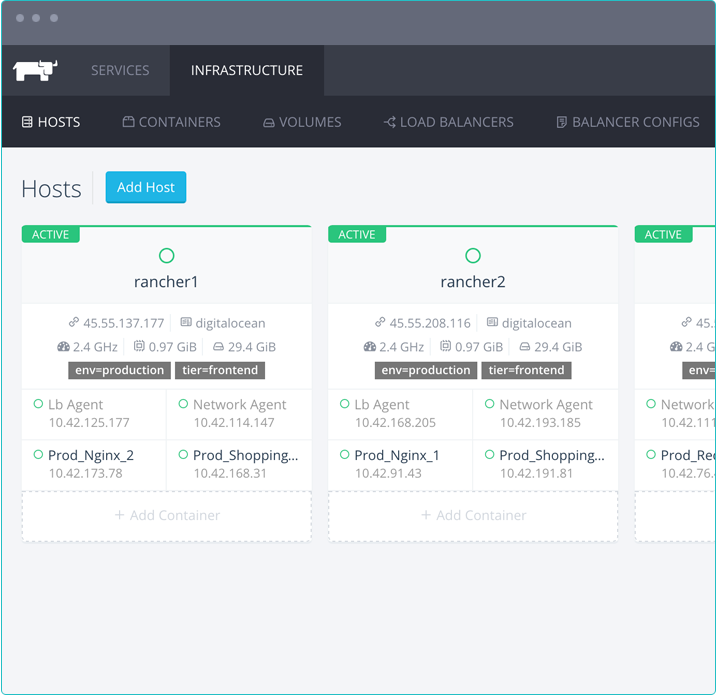Cloud testing vs Internal testing
The rise of cloud platforms lead to a major evolution for load and performance testing. Since generating load requires a powerful infrastructure for a short period of time, one might even argue this is the perfect use case. But since we started OctoPerf we had a lot of feedback from users wanting to test from their own machines for a lot of good reasons.
Web application does not mean web-site
First of all, not all web applications are available on the internet. In particular test environments, which are usually mostly meant to be used internally. As testing the application before its deployment is important, the load tests are often done on such environments.
Also, large companies have a wide range of intranet applications that can't be accessed from outside their network. Of course they need tests and in that case testing from the cloud does not make much sense.





